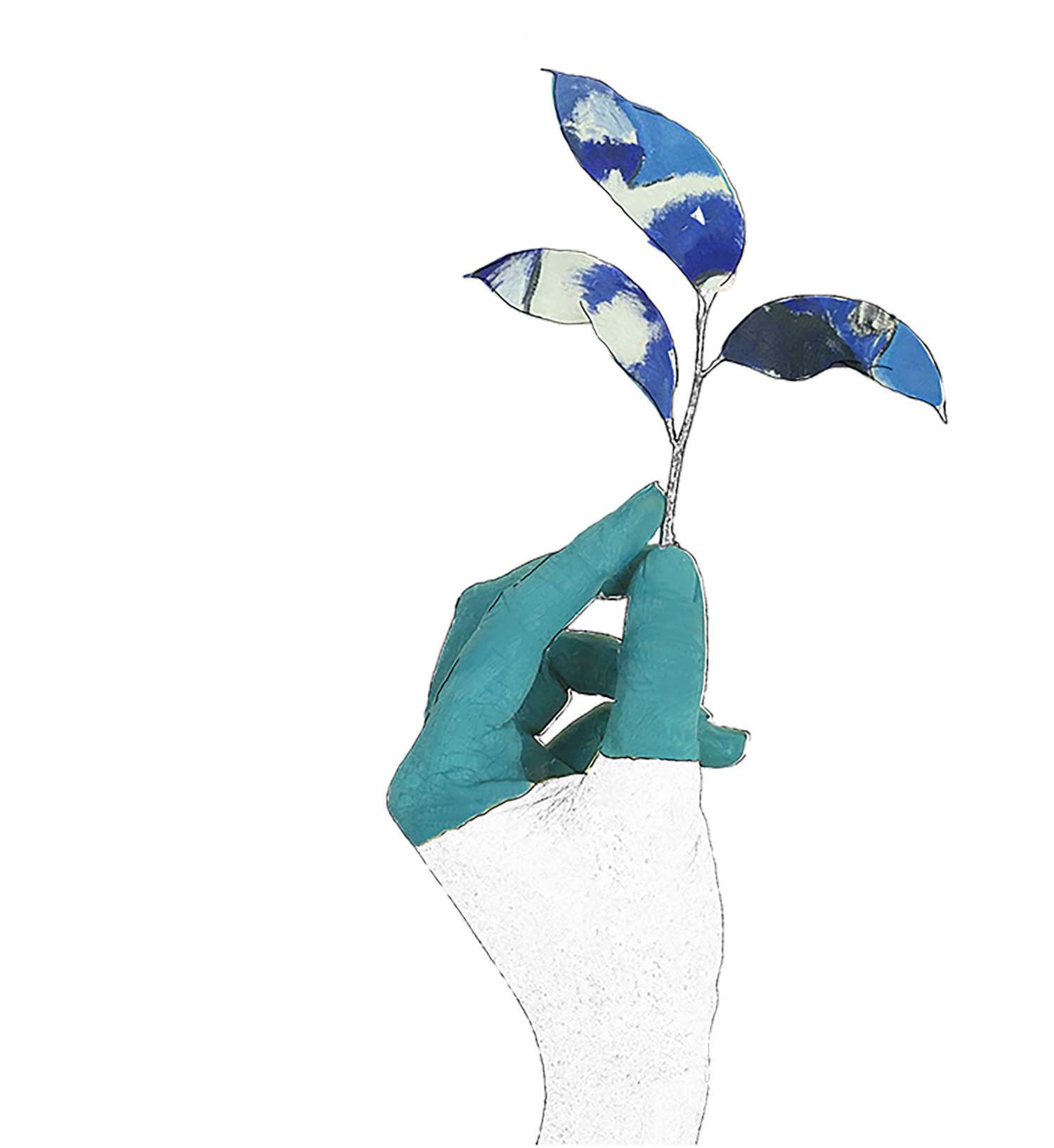
gender and islam
Mia Nicole Davies reflects on trying to find a sense of self and place within their community; navigating and defining what it means to them to be non-binary and Muslim. the piece is accompanied by an illustration from Robbie Masters.

Human Rights
inspired by the debate on freedom of speech and the call to prevent hate speech, Nadia provokes us to think about the line between what we believe to be our rights and entitlements, and how they may impact the rights of others. the poem is not a reflection of her opinion, but aims to ask the question: who is on the right side of the human rights debate?

gendered disabilities: living with endometriosis and finding a new ‘normal’
Saffron Roberts discusses how gendered disabilities can add an extra layer of invisibility to women’s health even before diagnosis. The piece is accompanied by Sophia Lobanov-Rostovsky’s original artwork.

the gender play gap: why are women less likely to participate in sport?
Emma Lowden examines the impact of body image insecurity on women’s participation in sport and the need to normalise women in athletic spaces.
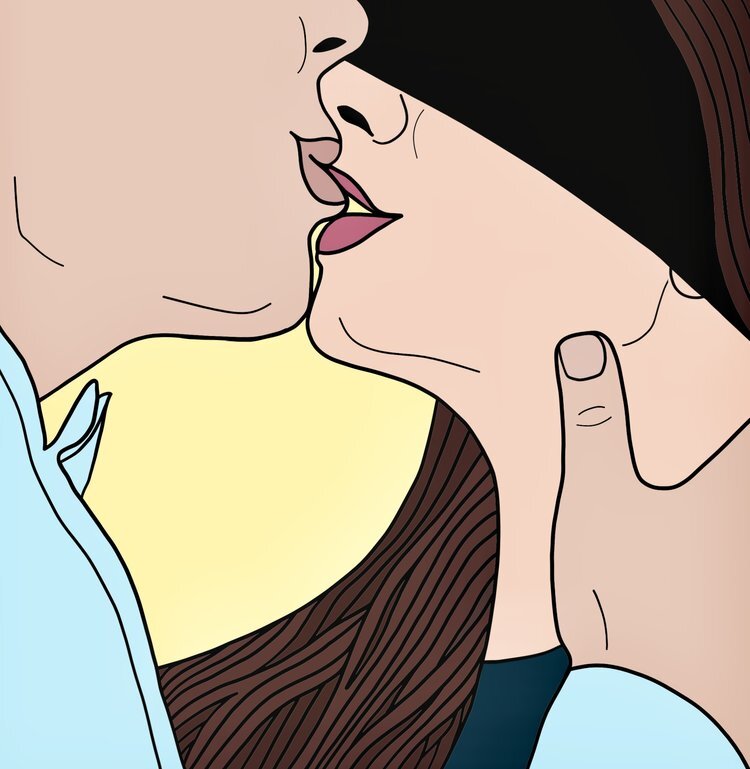
Goodbye and by
Cassandra Wright writes a couplet about de-coupling. accompanied by original artwork by Sophia Lobanov-Rostovsky.
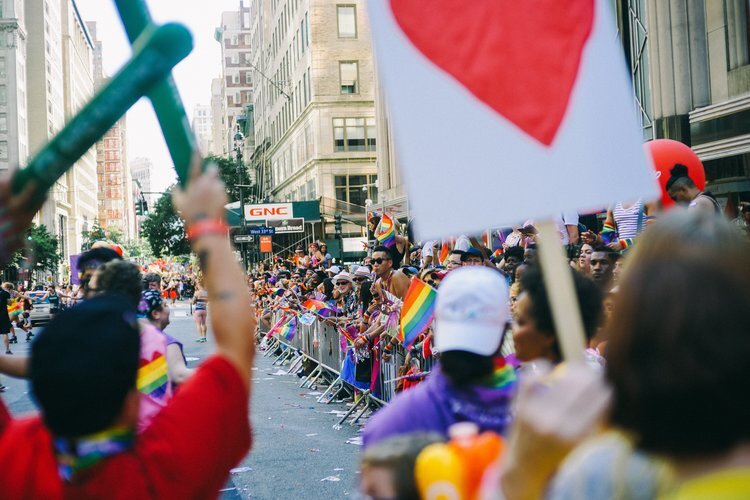
the changing nature of the discourse on trans rights in ireland
Emily O’Dowd discusses how recent changes in the debate around gender issues in Ireland have highlighted the need for a more inclusive social dialogue.

gender in ireland: abortion post-referendum
on the 25th of May 2018, the eighth amendment of the Irish constitution was repealed, allowing for termination of pregnancies to be legislated for in the Republic of Ireland. This was a huge victory for supporters of reproductive rights, however the fight for bodily autonomy did not end after the vote. In this article, Emily O’Dowd discusses where Ireland stands on abortion now.
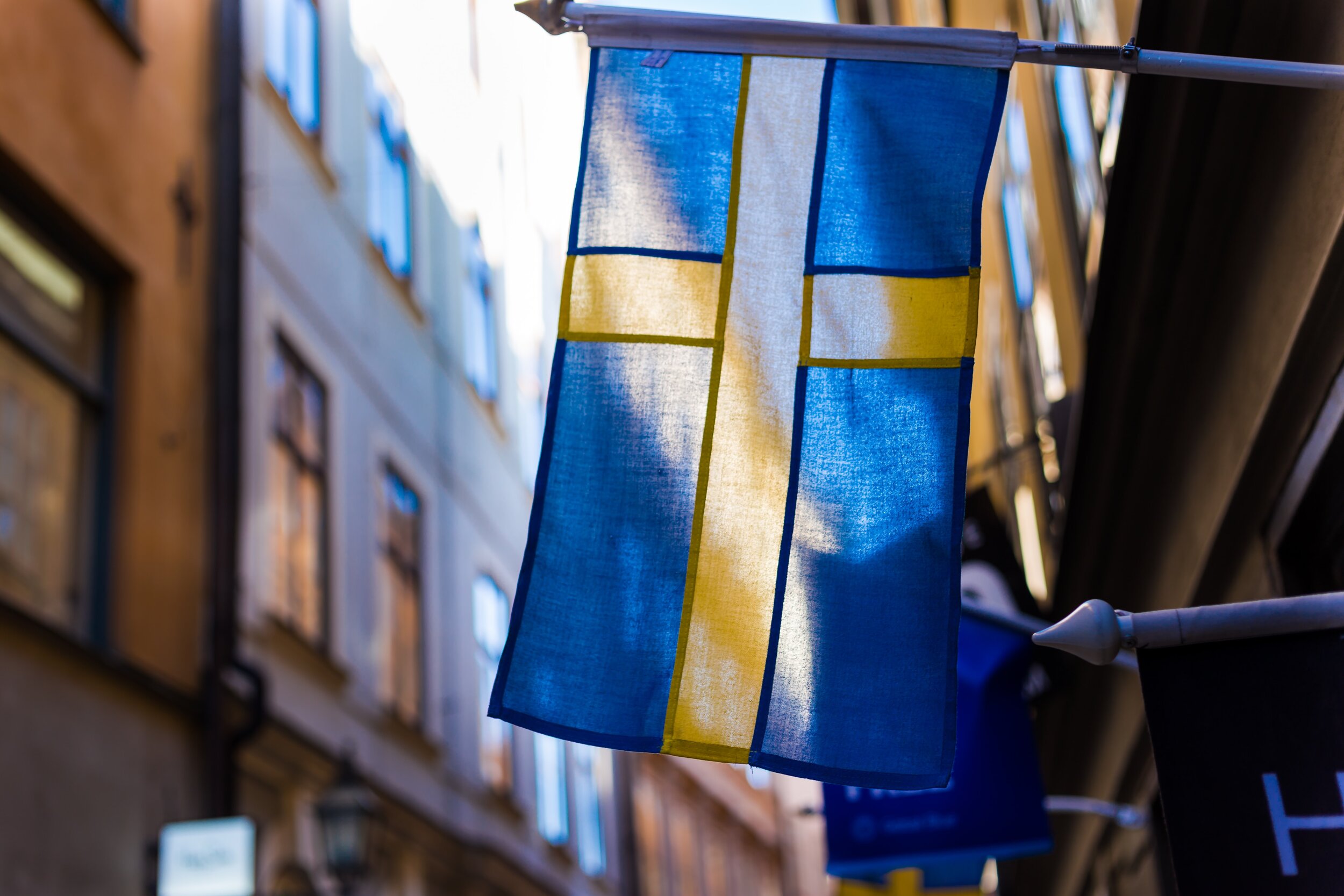
negotiating gender in public spaces
Abrisham Ahmadzadeh writes on the necessity for the UK to take action in gendered public spaces and advocates for the active inclusion of the non-binary population.
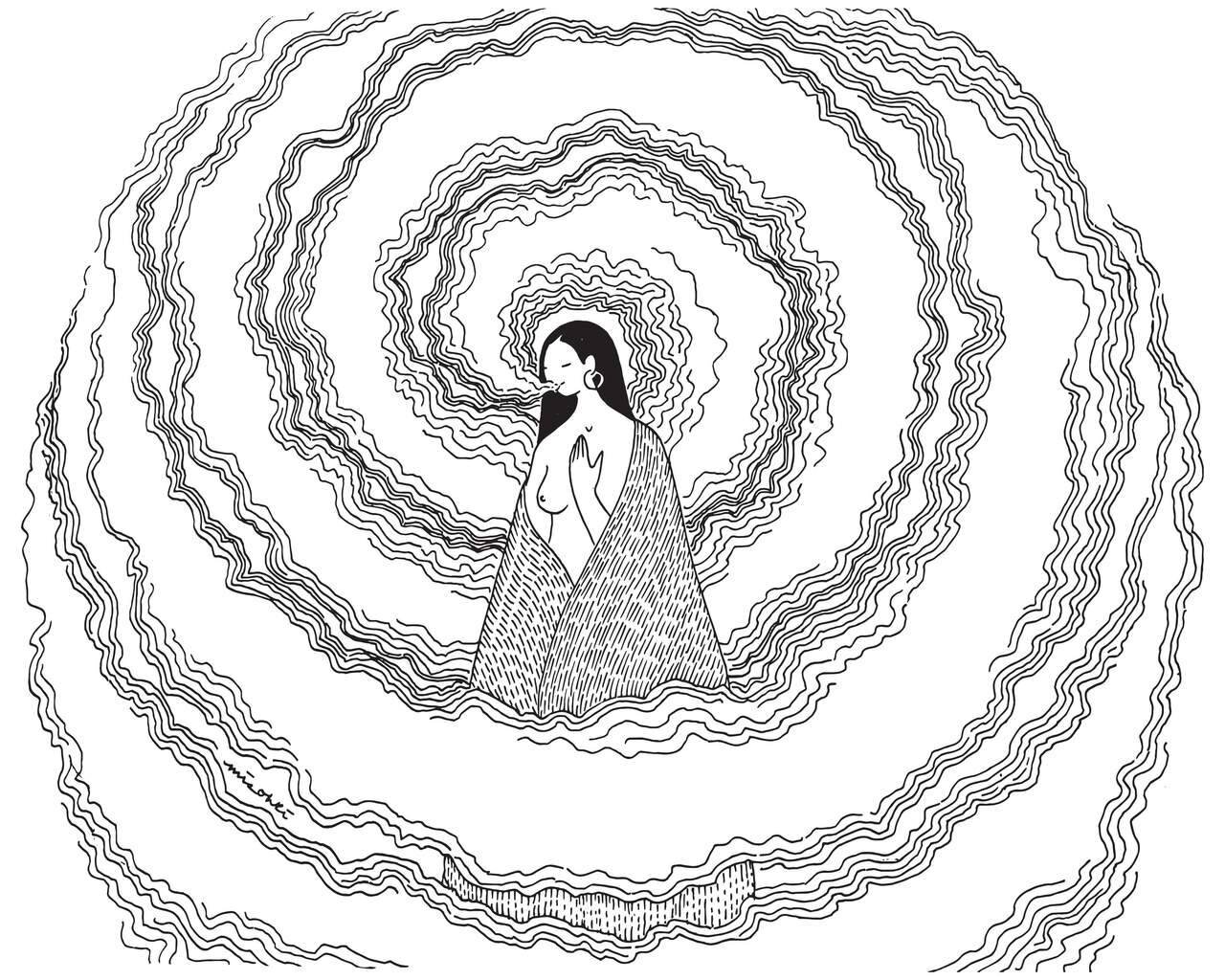
women are changing our language
Sophie Bell observes the agency of gender when it comes to spoken language and discusses the role of women in relation to linguistic change.

sexism in science is still alive
Vessel Zarkina discusses her experience as a woman in science and explores the day to day challenges she has faced due to her gender and working in a male-dominated industry.

the gender divisions in sport: hurdles to equality
Holly Grimes explores the disparities in pay, respect and the media coverage of women’s sports.
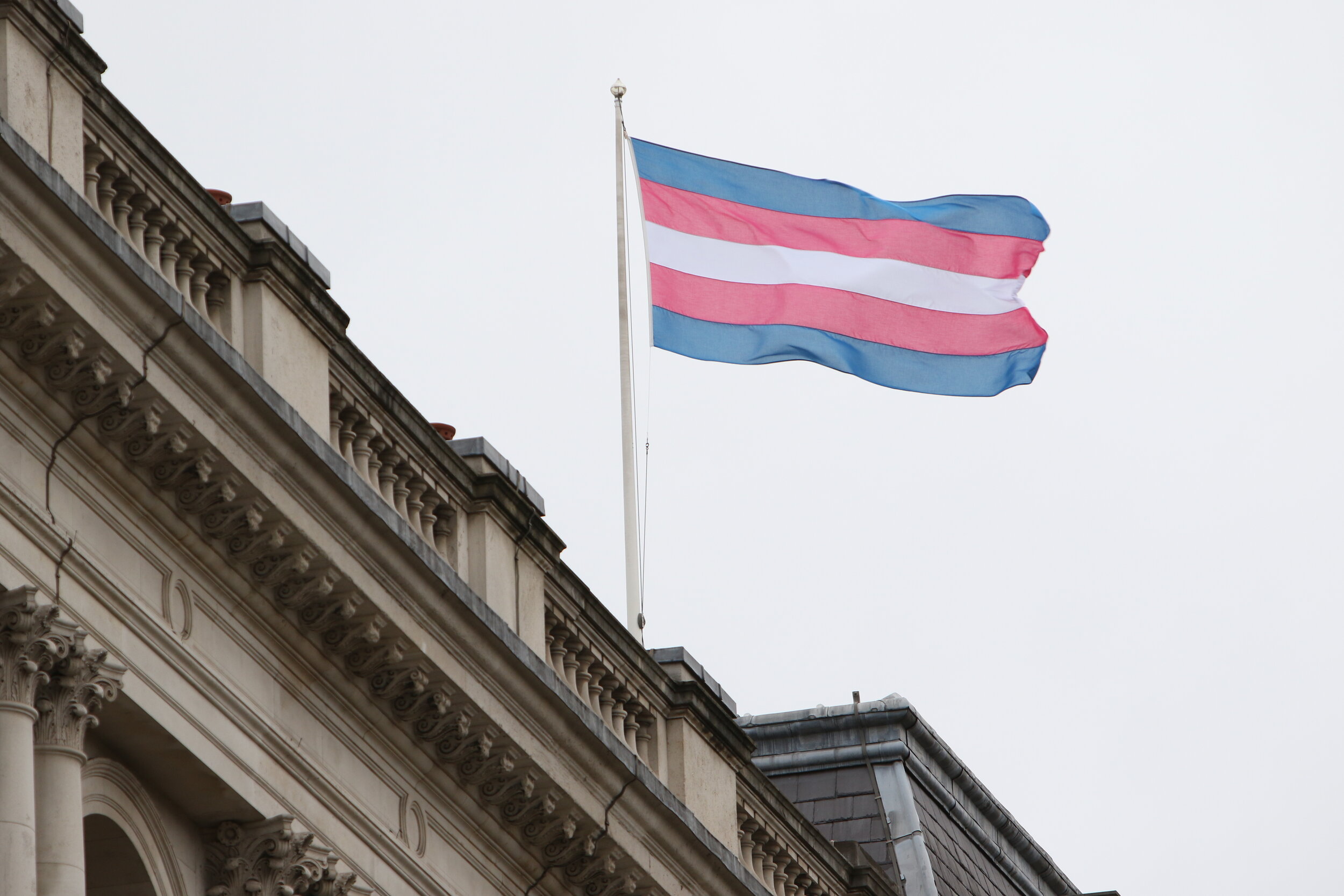
turf > terfs: ireland’s movement towards feminism for all
Emily O’Dowd observes the problematic role of Trans-Exclusionary Radical Feminists (TERFs) - honing in specifically on Ireland’s legal and social conditions with regards to gender rights .

abuse beyond the domestic sphere
This article, written by Meredith Mack, observes gendered violence and intimidation following the attack of Marie Laguerre on 24th July in Paris.

words as an instrument in female narrative
Sophie Bell considers the features which mark female speech and how they should not be a disadvantage to how female discourse is received by its audience.

english literature: the asymmetry between male writers and female students
Olivia Hingley observes the continued prominence of male narratives in the modern novel. She argues for a diversification of the English Literature syllabus that allows both female writers and characters to gain an equal amount of limelight.

theresa and trump: a body language analysis
Imogen Bristow explores the significance of body language in light of some questionable exchanges between Theresa May and Donald Trump following his recent UK visit.
